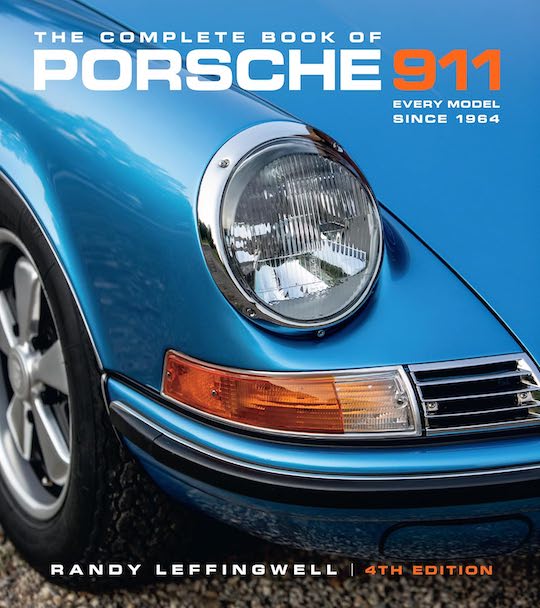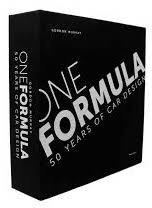The Cartier Tank Watch
 by Franco Cologni
by Franco Cologni
“The Tank was an immediate success upon its launch in 1919. Indeed, the first models were sold straight out of the shop window displays, requiring no advertising whatsoever. This immense popularity, which never wavered throughput the decade, was not a matter of sheer luck. The Tank was captivating because, more than any other timepiece, it was truly a watch of this time. The 1920s made a clean break with the arabesque foliage of art nouveau, the delusional waves of the futurist painters, the multicolored excesses of fauvist art, and the deconstruction of space sought by the cubists.”
You could add a plural “s” to the word decade above because the Tank has remained in continuous production and has never not been popular.
That quote is an excellent sample for showcasing the author’s sweep of thought, and it could have been pages long and remain at that level. It is especially excellent because the copyright to this book is jointly held by Cartier and French publisher Flammarion and it is written by a former executive of Cartier’s parent, Luxembourg-based luxury goods group Richemont. Not once does his writing devolve into mere PR fluff, and you totally believe him when he speaks of his book as “an honor [to] express the love of a passionate admirer.”

This pocket watch predates the Tank design by three years but already you can see key features that would carry over.
If high end watches and jewelry are your interest, you could—and should—fill an entire shelf with his fine books. Cologni, make that Dr. Cologni, was the right man in the right job, in fact, someone should write a book about him! He was Chairman of Vacheron Constantin and of Officine Panerai, after retirement (2004, when he turned 70) remained active on Richemont’s Strategic Committee notably the Creative Academy in Milan, and is president of the Fondazione Cologni dei Mestieri d’Arte and cofounder of the Michelangelo Foundation for Creativity and Craftsmanship. Phew. The book won’t tell you much of this (and only on the dust jacket flap so no real detail anyway). Pity.

2017
Another thing the book won’t tell you is why it came out in 2023. The Tank design dates to 1917 so 2017 would have been a nice round anniversary for bringing out a book, n’est-ce pas? Well, that happened—and it was this very book. The new version is updated with the models that came out between 2017 and 2023 but otherwise is very much the same.

2012
Just to complificate matters, the book had also come out in 2012 and in 1998 but those editions had slightly different formats (and titles, and ISBNs). In all cases there was a simultaneous French version, Cartier – La montre Tank. What is most unusual is that all four editions are listed as available at the same time in US distributor Rizzoli’s inventory! Long story short, the book seems to be as “timeless and enduring” as the watch.

1998
Now, this is not a collector’s guide, meaning if you can’t decide between a $3000 and a $100,000 model this book won’t even tell you that such a spectrum exists, or which is which, or what accounts for the price differential. And while the book weaves history, design, specs and the ebb and flow of business matters into a fluid narrative, it is best thought of as an “appreciation” of the brand and of select models rather than a deep dive into micro detail or the entire Tank line. The Tank literature is wide-ranging and you can find all that elsewhere but you won’t find what’s in this book elsewhere, because, see above, Cologni’s place in the Cartier story.
The name of the watch is as iconic as the timepiece itself and it is simply shocking to note that by and large—though not in this book—the world is full of superficial, unreflected platitudes about the Tank’s clean lines following those of its inspiration, the World War I tank. Cologni draws attention to the geometry of the tank/Tank and how “both bodies were armored, and both were flanked on either side by giant tracks.” By this point of the discussion we are already several dozen pages into the book and have internalized that the type of watch that preceded the wristwatch, the pocket watch, lived a sheltered life in the vest pocket whereas a watch worn on the wrist was affected by all sorts of physical stresses and hazards.

How’s this for armored?

Moreover, where women’s watches commonly worn as, say, pendants invited artistic decorative treatment and were on display at all times, a men’s pocket watch was by comparison plain. Cologni does a fine job of explaining how fashion sense and lifestyle changes affected watches worn on the body (as opposed to clocks) and also how jewelers, like Cartier, initially merely thought of watches as “accessories” that they felt “duty-bound to offer their clientele” who came to them for haute joaillerie. It is in this context that King Edward VII famously praised Cartier as “The Jeweller of Kings and the King of Jewellers.” Once young jewelry designer Louis Cartier, who had joined his father’s business in 1898 and who loved watches, embraced them as a new form of expression, wristwatches became an ever larger part of Maison Cartier. Importantly, for Louis “technology only existed to enhance form” which is why we have the Tonneau, the Santos and Tortue, and then the Tank whose signature design elements—case shape, roman numerals, blued-steel hands (later with the “apple-shaped”roundels), the railroad-track minute scale—remain to this day. Cologni, being so firmly grounded in his industry, can use sometimes salty language with impunity: “Cartier never considered succumbing to this siren song [of chasing fads] by turning its classic designs into the hackneyed incarnations of contemporary extravagance.”

People whose names you’d know. The fellow on the left knew a thing or two about “image” and cultural import. Warhol made this astute comment: “I don’t wear a watch to tell the time. Actually I never even wind it. I wear a Tank because it is the watch to wear.”
As a Richemont man Cologni also knows which doors to knock on to get Cartier archival material and there’s quite a bit here on the photographic side that has not been published elsewhere. A Timeline, Glossary, and Index (only of timepieces) round out a superb book. Flammarion/Rizzoli means luxurious paper, top-notch printing and photo reproduction, and well thought-out typography and book design.

Variations (2006 [l] and 2012) but still clearly a Tank.
Copyright 2023, Sabu Advani (speedreaders.info).


 RSS Feed - Comments
RSS Feed - Comments






































































 Phone / Mail / Email
Phone / Mail / Email RSS Feed
RSS Feed Facebook
Facebook Twitter
Twitter